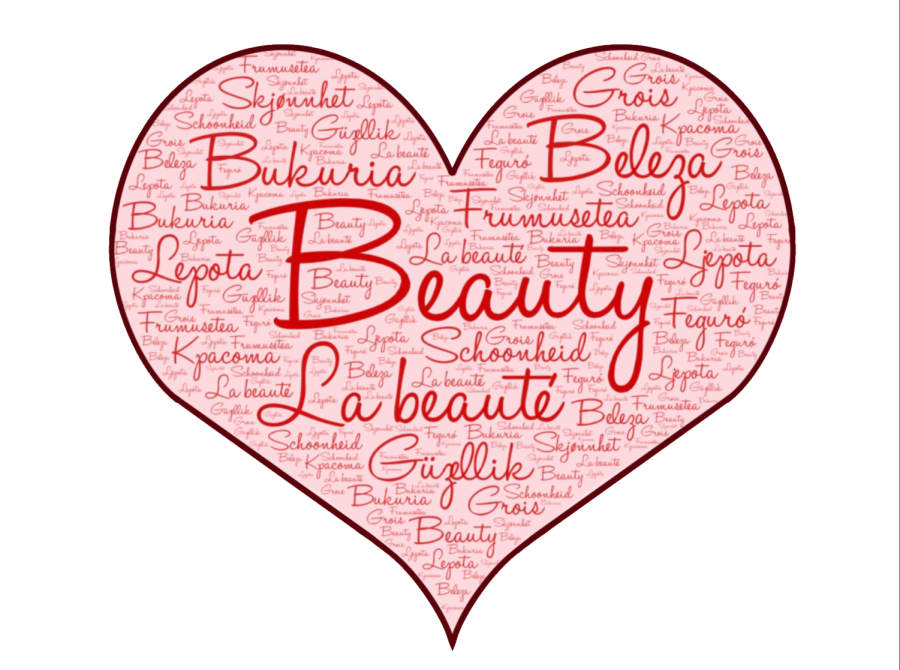Society needs to advocate for the preservation of languages
More emphasis needs to be put on foreign languages in order to prevent endangered languages from dying out
Belleza. Kpacota. Uzuri. Beauty. Every day, humans strive to find beauty in life. They travel, climb mountains, swim to the depths of the ocean, and laze on sandy beaches just to find that one moment where the beauty of the world overwhelms their senses.
However, we often overlook the simplistic beauty of everyday communication. The formation of sounds and words may seem insignificant to some, but in actuality, it is an amazing feat. Currently, there are 7,117 spoken languages still present in the world, according to Ethnologue. However, over 40% of the world’s population is monolingual, meaning they only speak one language. But according to psychologist Frank Smith, “One language sets you in a corridor for life. Two languages open every door along the way.” So, many people miss out on the intricacies of life due to their limited knowledge of other languages and cultures. Language barriers limit individuals from understanding who certain people are as well as their history.
While many countries have one primary language, such as Mandarin in China, there are also other different cultural dialects depending on that nation’s community. As a result, “one language dies every 14 days”, according to National Geographic, because “communities abandon native tongues in favor of English, Mandarin, or Spanish.” Specifically in the United States, many Native American languages, roughly 200, have died out, due to colonization and persecution. The Language Conservancy reports that within the next one hundred years 90% of current languages will be extinct. There are already 2,900 endangered languages.
Just as we strive to preserve endangered species, there needs to be a way to preserve these endangered languages. Oftentimes, lesser-known languages die as a result of the deaths of their speakers. To prevent this, there needs to be better documentation of every language.
One organization that works to preserve endangered languages is The Language Conservancy which partners with indigenous communities across America, Canada, and Australia to revitalize these languages. One method of preserving languages is to create a dictionary, children’s book, or textbook to document how it is used. Currently, the Conservancy has created over 300 resources available to people across the world to learn new dialects.
Another way of preserving and spreading languages is to increase the opportunities for young children to explore them and become better global citizens. In most schools across America, the most popular foreign language courses available are limited to French and Spanish, however, some offer more selections such as Italian, German, and Chinese. However, foreign language courses are often viewed as optional. There is not a high priority put on learning another tongue as there is on other core classes. More emphasis needs to be put on the value of foreign languages, and the selection for students to choose from needs to be increased.
Contradictorily, many believe that it is impossible to offer a wider selection of languages due to the limited number of teachers. However, as we continue to become a more technologically based world, more and more programs are being created to help others learn about different languages. While students may not become fully bilingual or trilingual, by using these services, they will become more exposed to languages different and lesser-known. One online service available to those interested is Duolingo. This American-created app features unendangered languages, however exploring the beauty of languages may garner interest in some users.
No matter how simplistic communication may appear, it is important to acknowledge the beauty in each and every word. Without language, the world would not be the same. Language expands the mind and opens a whole new set of doors.


